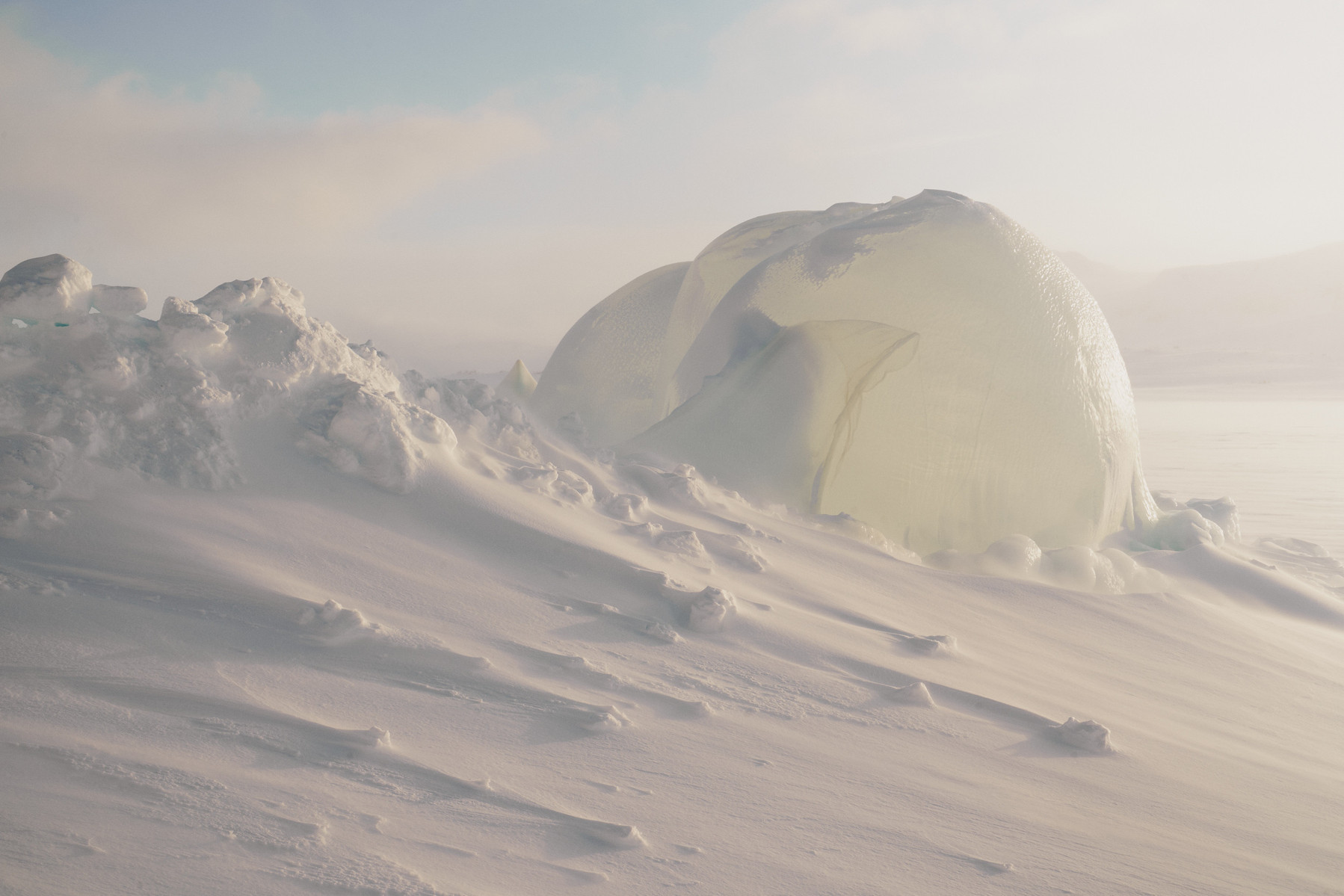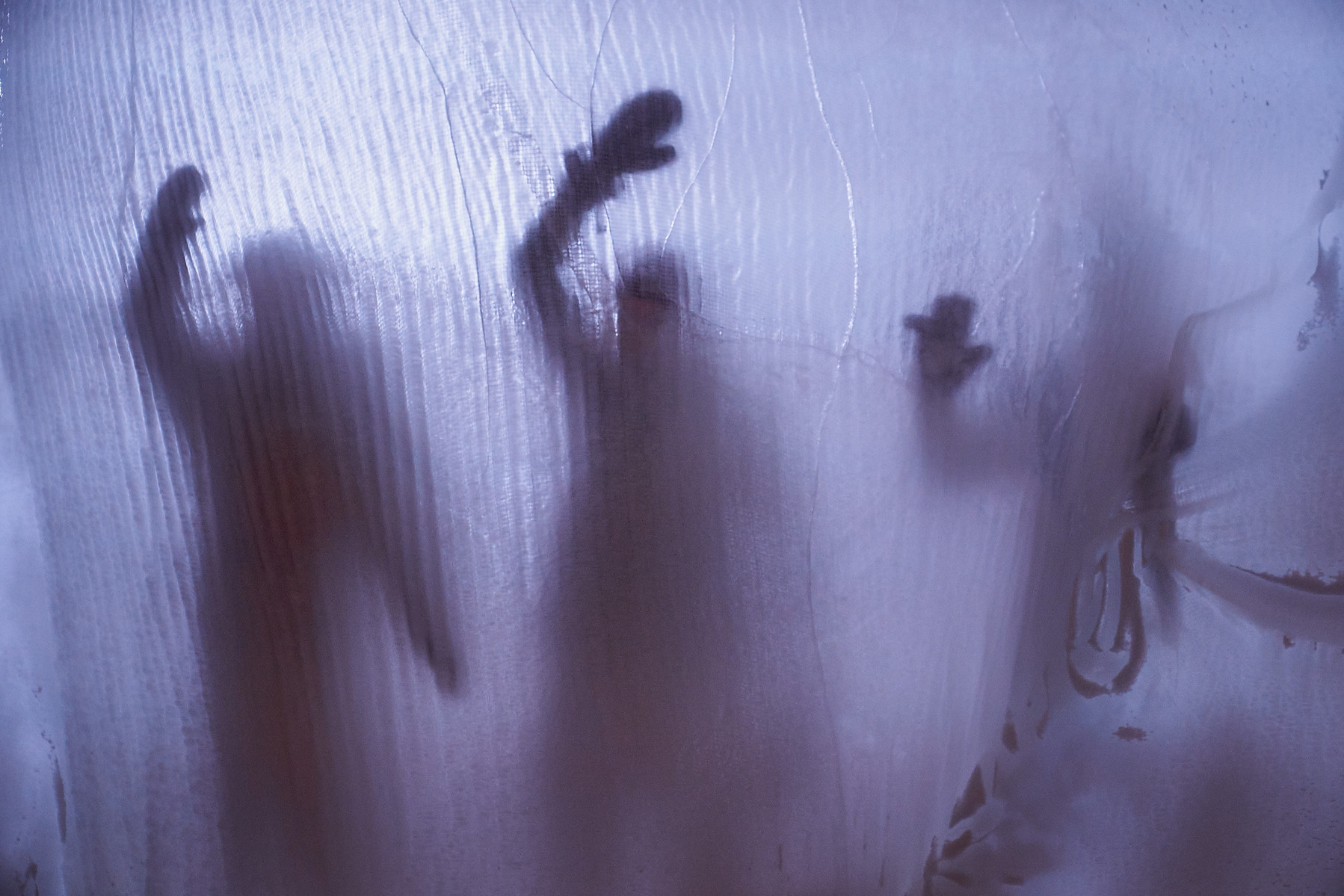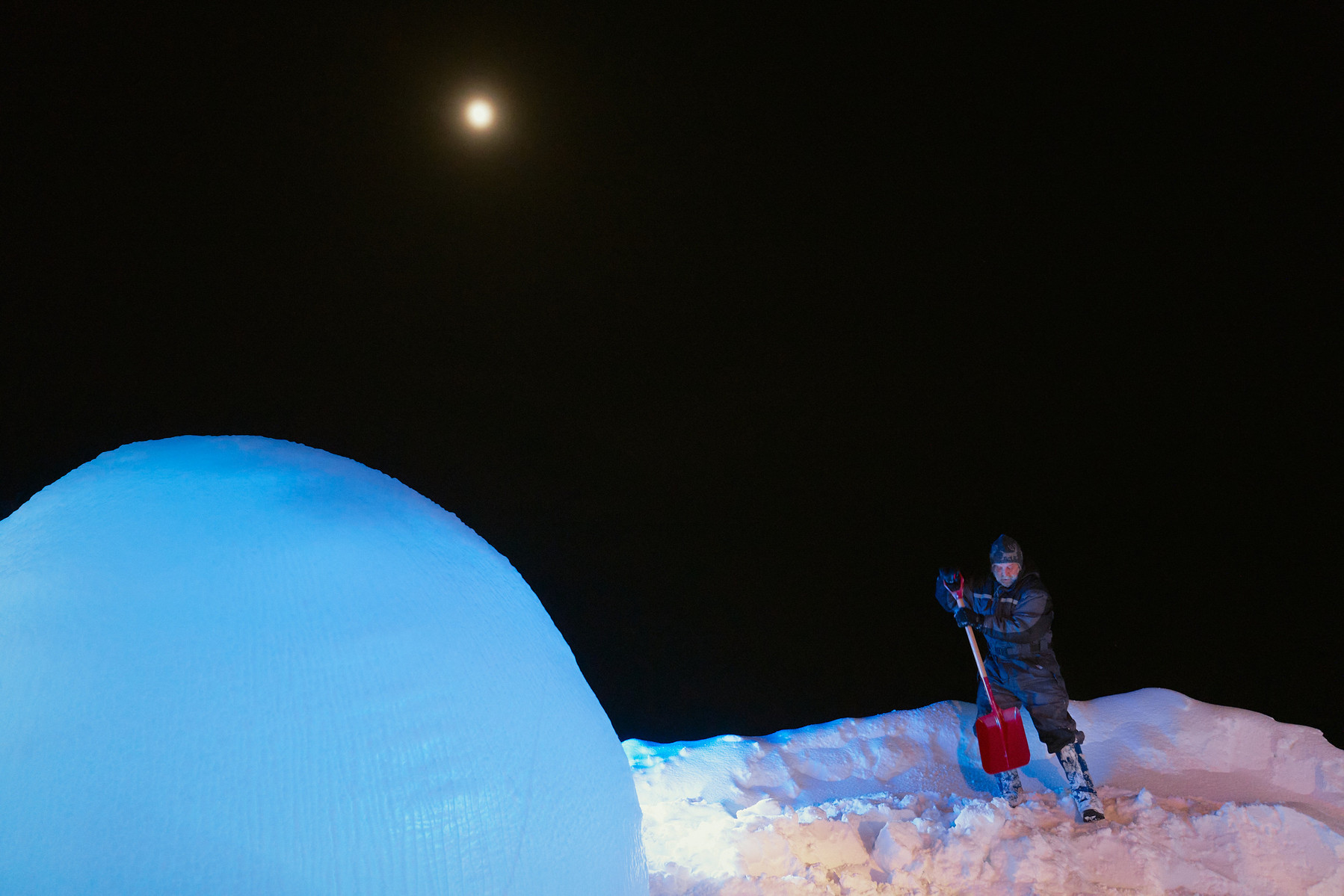Mother Nature’s Luminance
After completing a fantastic month long commission creating a series of formal triptychs across 18 organisations in the City of London (am very excited to share that work later next month) I went straight into the deep freeze of Finse in Norway to document the annual Ice Music Festival.
I first captured the Ice Music Festival 12 years ago, when I made a photo story of the very labour intensive process required to make Ice Music, from where the ice is extracted (or as I like to say ‘where the ice is born’) in the lakes of Norway, through its transformation by being sculptured into fully functional instruments, then finally performed live in front of warmly clothed audiences.
After such an intriguing experience, I returned the following year to develop the story further, which led to being more proactively involved in the festival - making the website, managing the international press attention and, of course, creating fresh photographs each year. A super relationship that has now lasted for more than a decade.
Key visual elements that always beguile me are the hues and tones generated when winter light hits snow and ice, emitting a seemingly full spectrum of colour. Each hour of the sun and moon’s position, coupled with local weather conditions and temperature movement all combine to produce a dazzling array of colouration. From the deep blues buried in the shadow light of dug out snow to the red mid-tones refracting the pre-dawn glow through tiny airborne ice particles, the joy of capturing mother nature’s luminance soothes one’s soul.
Yes, Ice Music Festival Norway is primarily about offering its audience a truly unique musical experience and yes, much is filmed, written and recorded about the prestigious roll call of musicians that play each year but to focus solely on the music misses some other beautiful aspects of the festival - namely the venue construction.
Professor Petter Bergerud, an architect who’s a leading master of experimental structures and geometric challenges oversees the venue’s construction from snow and ice - a weather sympathetic design formed via huge 7m high balloons, netting and sprayed-to-freeze water. The physical framework for the concert venue is a sight to behold and this year was named ‘Cold as Ice’, as a magical frozen atmosphere was built up around the audience and musicians to protect them from the extreme winter climate that Finse so often delivers during the winter months.
Working in shifts throughout both day and night for over a week, Petter’s team of 10 students from the University of Bergen’s Faculty of Fine Art, Music and Design battled with deep cold, high winds and the occasional solar rays to produce an epic festival arena.
The final result was something to celebrate, with 77sq km of the famous Hardangerjøkulen glacier anchoring the festival’s backdrop. All photographs were shot on an Sony A7iii and an article is currently up online at The Economist.













